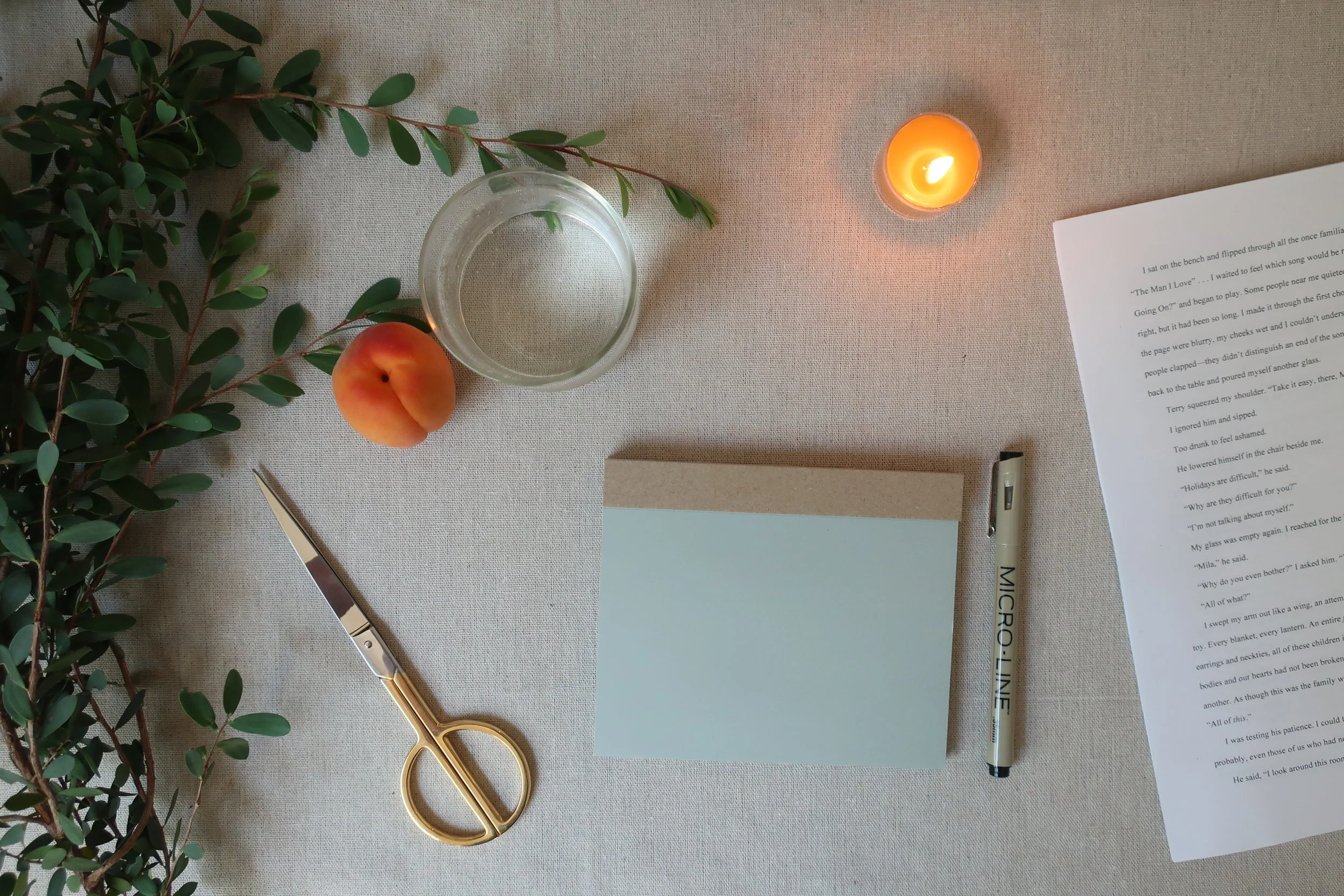Setting is one of my favorite elements of fiction. In the family of fictional elements, it often takes the role of the quieter sister, holding plot and character and theme together without asking for much credit.
But a novel demands that you orient your reader in an unfamiliar world—the world of your characters—and establishing a strong sense of place is an essential part of that.
Identify the most prominent recurring setting in your novel: A home, a bedroom, a town, a classroom, a car, a park—wherever it is that your character will return to time and again. Brainstorm a description of the place. Not everything you write here will need to show up in your novel, but it’s important for you to know this space intimately.
Now that you have a clear picture of your primary setting, think about how it will change over the course of your story as your character evolves and the events of the novel unfold.
Focus not only on the physical details, but also on your character's perception of the place. Does a room that feels safe and cozy at first grow to feel oppressive? Does a new town that initially looks ugly to your character become beautiful to him by the end?
Tip: One of my favorite books to illustrate this concept is The Lion and the Bird by Marianne Dubuc. It’s the story of a lion who finds an injured bird outside his house and cares for him over the winter. We see many drawings of the outside of the house as the seasons change, and each illustration has a different feeling.

